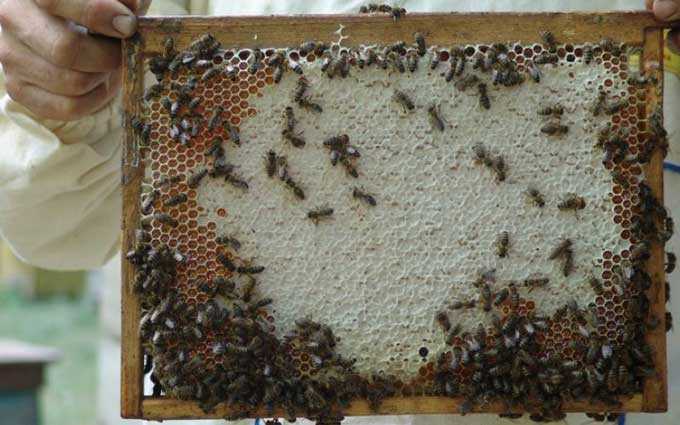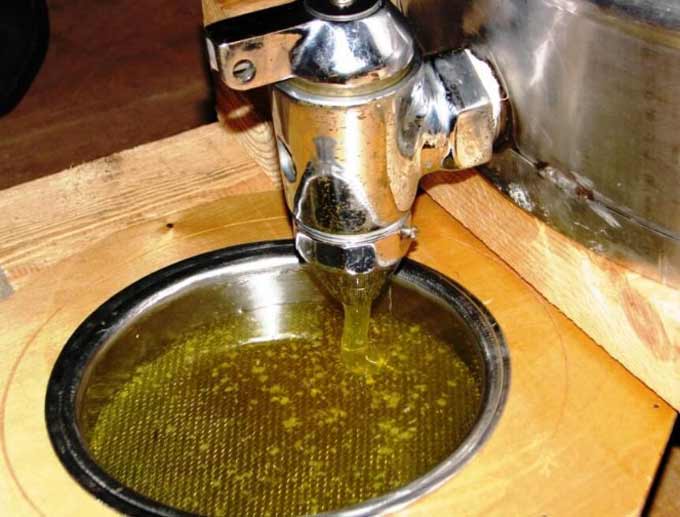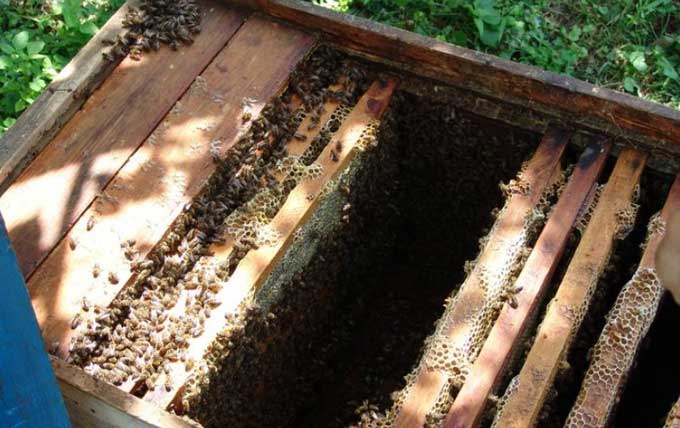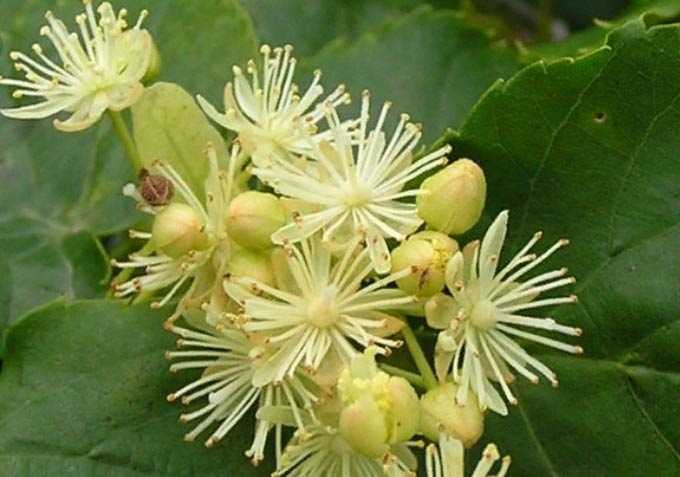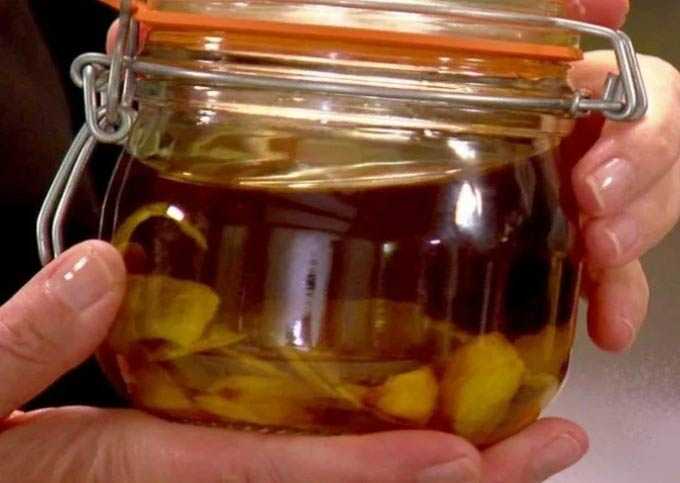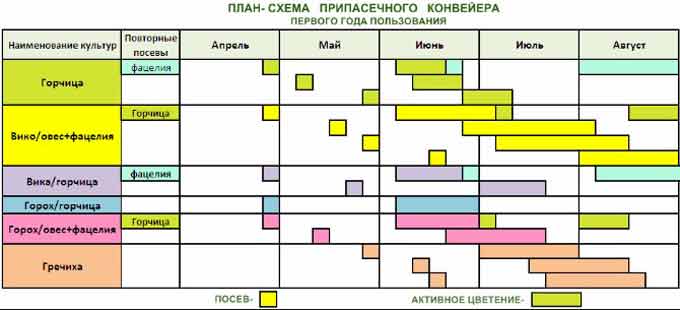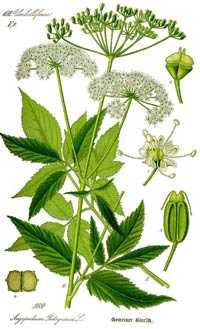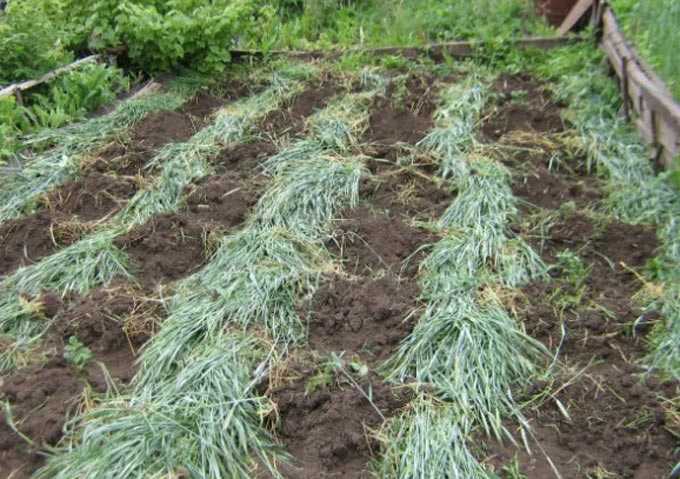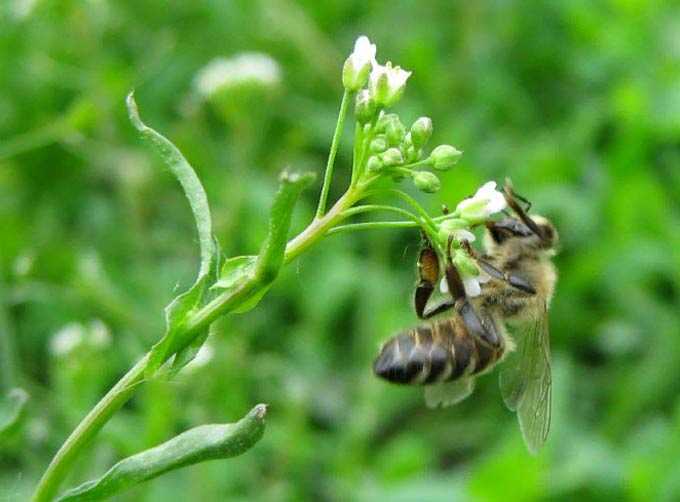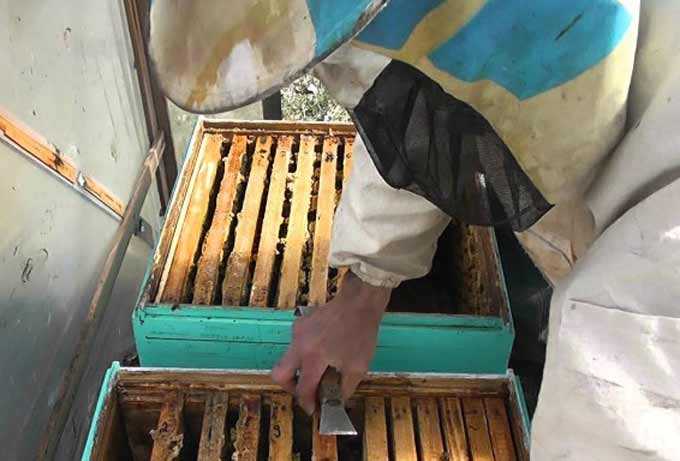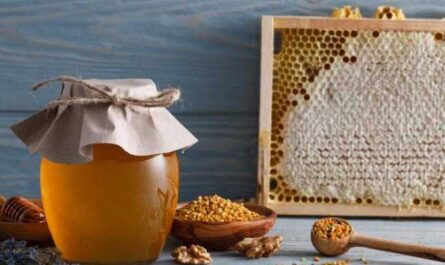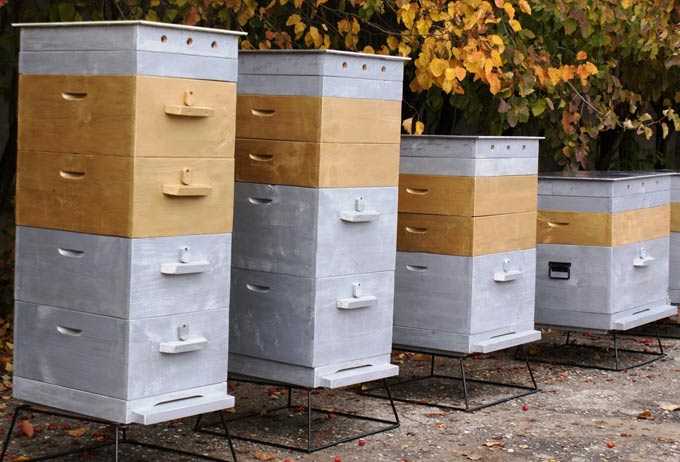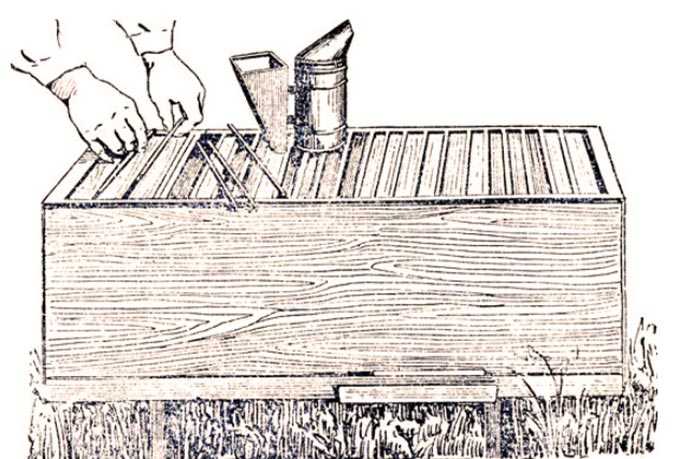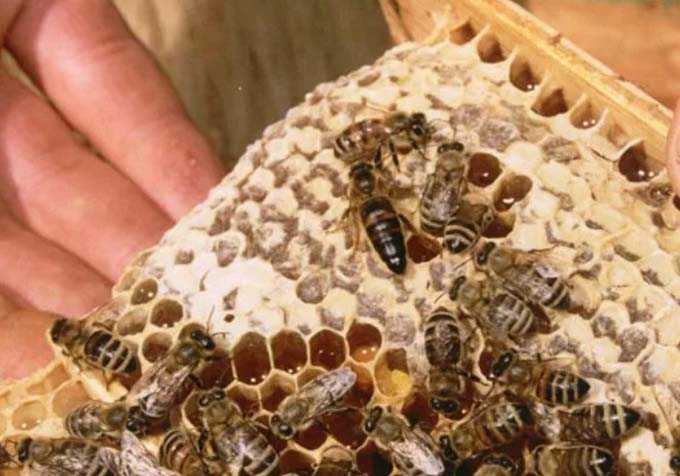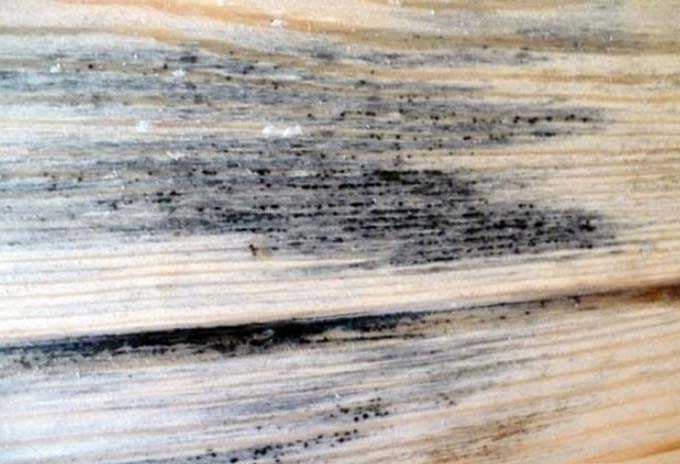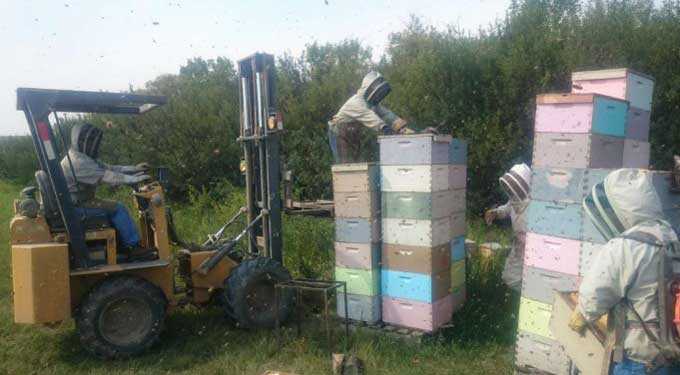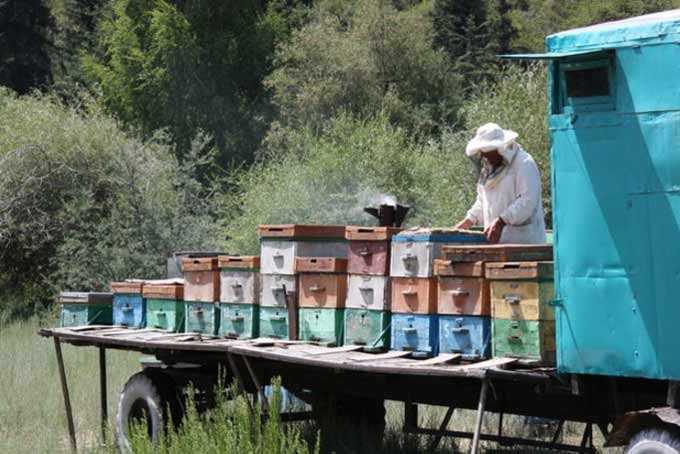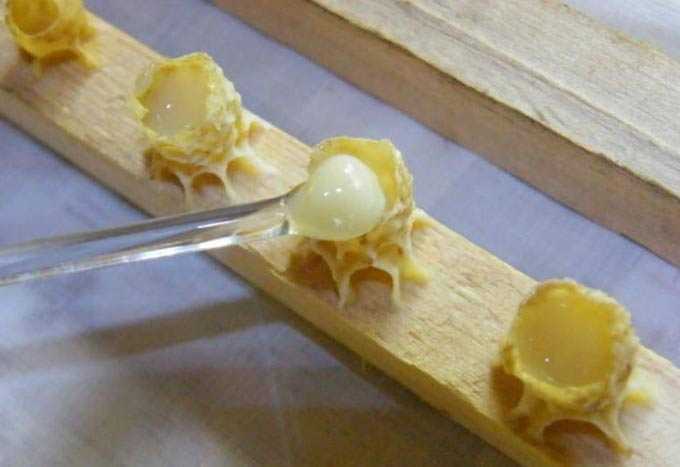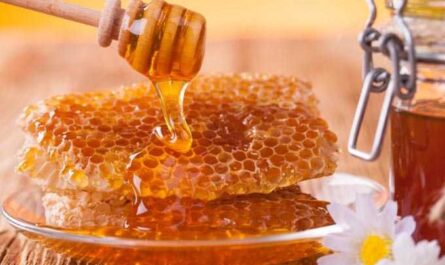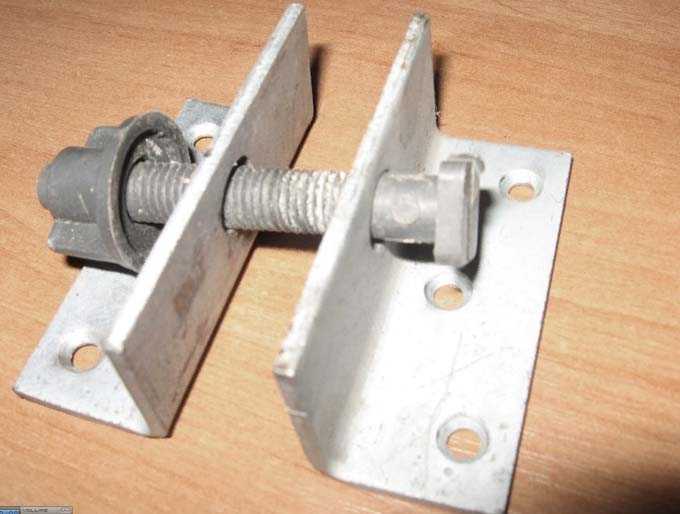The productivity of the apiary and each individual hive is a very important factor in keeping bees. Not all beekeepers focus on selling layering (batch bees) and queen bees. Most are engaged in the sale of the main product – honey.
Not surprisingly, even beginners are interested in how much honey one hive produces per season. In fairness, we note that such a mercantile approach to business is not always justified. Especially if you are concerned about the honey harvest before studying the biology of the bee colony. The weather for profit is not always conducive to the acquisition of experience and professional skills.
The content of the article
- 1 What affects the harvest (bribes)
- 2 What Statistics Say
- 3 General averaged data
What affects the harvest (bribes)
The question posed above cannot be answered exhaustively. After all, the honey harvest directly depends on many factors:
- climate or characteristics of a particular country, region;
- weather conditions – each year is not similar to each other;
- point locations – the larger and closer the honey base, the higher the productivity;
- the productivity of the breed that is kept and its adaptation to the region of keeping (it is better to keep local breeds);
- the health of each bee colony and the age of the queens;
- bee house designs – some hives are very complicated, which reduces rather than increases honey production;
- the sizes of the hives available on the farm (the frames also have different shapes and sizes);
- available free space – this golden fund of any apiary, represented by empty dry land (not occupied by sowing);
- introduction of advanced technologies for keeping honey bees;
- the experience and professionalism of a particular owner (for example, swarming reduces the efficiency of the hive – you need to know how to deal with it);
- timely pumping out – during the period of active honey collection, the honeycomb is released several times (for example, the Buckfast breed in productive years requires up to 7-8 pumpings per season);
- type of apiary – nomadic, when properly transported, always brings more honey than stationary;
- and, finally, from the mechanization of large apiaries.
Accordingly, you can get as much honey from one hive per season as all the above factors allow. Moreover, the total harvest for a year or a season includes not only the kilograms (liters) pumped out of hundreds, but also the feed left to the bees for the winter.
It is not always possible to determine the exact weight of the feed reserves of each hive. The frames may be incomplete, they necessarily contain some part of bee bread (bee bread).
Therefore, further we will talk only about the net profit – the obtained marketable honey. This indicator is primarily of interest to practicing beekeepers. They even arrange a kind of competition – they share their successes, and are very proud if there are more bribes in their apiary than other beekeepers of the region or village.
What Statistics Say
Differences in productivity can be strikingly different, even if the bee houses are located in the neighborhood at the same point or in the nearest apiaries.
Someone from the beekeepers receives up to 30 kilograms from one bee house, and with such a small selection of honey feeds insects for the winter with sugar syrup. Others pump out up to 100-150 kilograms from one hive per season (and this is not the limit!), But at the same time they still leave natural food for the bees in the winter.
Below are some examples from practical beekeeping.
In the east of Ukraine The Carpathian breed of bees, permanently kept in Dadanov’s loungers for 18-20 frames with a store on a half-frame, gives from 100 to 150 kilograms of honey per season. At the same time, the specified breed does not fit the terrain according to the plan of natural zoning, but the results speak for themselves!
The shop frame, completely covered with honey, weighs about 1,5 kilograms. Accordingly, one extension of a 12-frame Dadan contains 16-17 kilograms of finished products. But in practice, not all honeycombs are filled by the bees to the end – the extreme frames may be half-empty. Also, when pumping out the cell, it is impossible to dry it dry. As a result, one store brings in about 10-13 kilograms.
In the Krasnodar Territory Valery Shcherbak developed and tested a technology that allows collecting up to 200 kilograms from each bee house, which is 20 times higher than the average industrial production standards.
The beekeeper has focused on strengthening bee colonies. At the bottom of the house there is a beehive with 25 Ukrainian frames – a nest. Above, two stores with rutovsky frames are installed (50 pieces in total). At the bottom, a mesh bottom is mounted, saving the bees time – the debris itself ends up outside the nest. At the same time, several queens work in the house at once. Honey is stored in general stores. It remains only to pump them out on time.
Ewes have been sowing since March – they lay up to 10 eggs per day. The total mass of a bee colony in May reaches 000 kilograms! Outwardly, everything looks like a swarm. In fact, this is the work of a large, healthy family. The beekeeper approaches the hives only six times during the warm season. Three of them are pumpings, giving a record 25 kilograms in total.
Vladimir Tsebro – scientist, beekeeper originally from Ukraine, chairman of the Pskov society of beekeepers receives up to 160 kg. The total number of bee families in the farm is 700 hives. Bee houses consist of three buildings during the honey collection period (the family hibernates in two buildings). Layers are made to combat swarming. After the main bribe they are added to the maternal family and the “queen” is replaced with a young individual.
General averaged data
In Russia, the average figure is from 7 to 17 kilograms. But at the same time, in the Kuban, they pump out from 20 to 25 kilograms per season.
One hive gives a 40-liter can of honey (true for Ukraine). Loungers here bring on average 20-30, and multihull hives up to 50 kilograms per year.
Team ., having become interested in the topic, I found interesting information on different continents and regions of the world (tutorial The hive and the honey bee).
In the second half of the 20th century, the situation was as follows:
- the countries of the New World – average indicators of 18-35 kg, advanced farms – 90-180 kg;
- the countries of the Old World – an average of 18 kg.
By continents:
- Europe, excluding the USSR – about 9 kg, total 110 tons per year;
- Asia, without the USSR, – about 6,7 kg (but in China, at the same time, there is an increase in beekeeping farms), 30 tons are downloaded in Asia in just one season;
- Africa – the main focus on the production of wax, honey is a “by-product” and its total harvest across the continent is 45 tons;
- North America: USA – 20,7 kg on average; Channel – 39,6 kg;
- South America: average 18 kg, total for the season 26 tons;
- Australia and Oceania: New Zealand – 29,3 kg per colony, Australia – 36 to 90 kg.
Today all over the world there is a return to natural beekeeping, when interference with the life of bee colonies is minimal. That has a positive effect on the health of bees and honey yield – it increases.
You might be interested in:
Country and backyard apiary – accommodation features
Advantages of a stationary home apiary
Placement of an apiary in a forest area
Movement – features and prospects for the beekeeper
